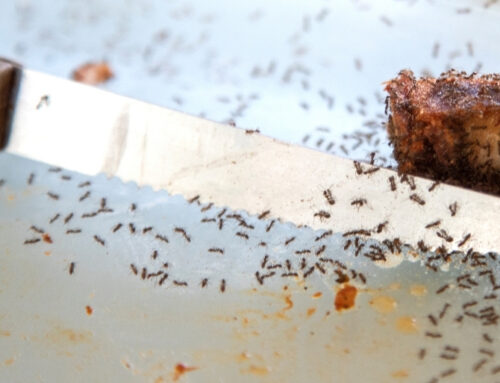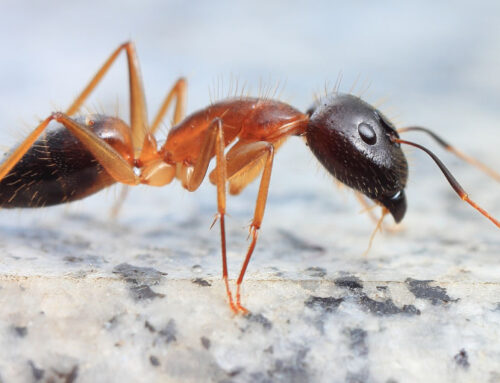As the days warm up and get longer, you might notice more pests like bees, wasps, and mosquitoes waking up from their winter sleep. Engaging in proactive spring pest control is essential, as these spring visitors can be more than just a nuisance; they pose risks to your home or business.
In this guide, we’ll explore which pests to watch out for this spring and give you practical tips on how to manage and prevent them. By staying one step ahead, you can keep your property safe and pest-free.
Common Spring Pests to Watch Out For
With spring’s arrival, certain pests become more active and visible. Let’s identify these seasonal intruders and understand their potential threats:
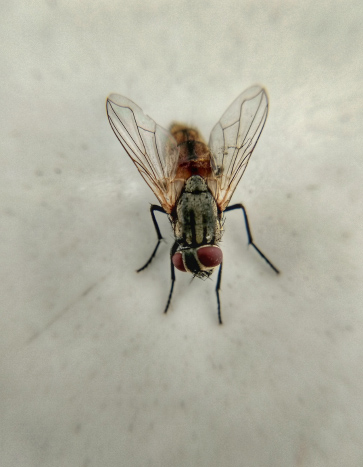
Flies
As temperatures climb, flies emerge, attracted to food, waste, and standing water common in residential areas. Their rapid breeding rate in spring exacerbates the issue, leading to infestations that can spread diseases like salmonella and E. coli. Flies are not just a nuisance but a health hazard, contaminating food and surfaces with pathogens they pick up from decaying matter and waste.
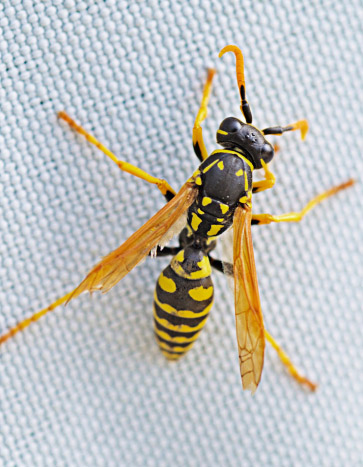
WASPS
Wasps, known for their more aggressive behavior compared to bees, also see a population spike in spring. They start building new colonies, which can lead to wasp nests in residential areas, often in wall cavities, roof spaces, or even in the ground. Their territorial nature means they can perceive humans as threats, leading to potentially dangerous interactions, especially in areas frequented by children and pets.
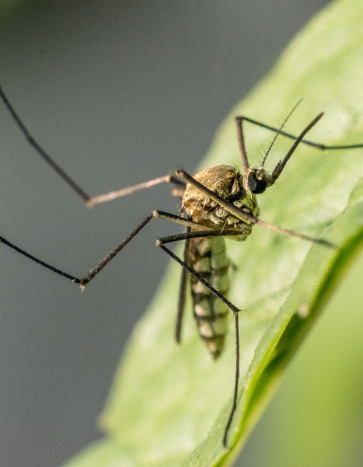
Mosquitoes
The warmer weather and increased moisture of spring provide perfect breeding grounds for mosquitoes. These pests are not just annoying with their bites but are also carriers of diseases such as West Nile virus, Zika virus, and other pathogens. Their ability to breed rapidly in standing water, even in small quantities like in bird baths or clogged gutters, makes them a significant health threat in springtime environments.

Stink Bugs
Stink bugs, often overlooked, become more visible in spring as they emerge from their winter hiding spots in search of food and warmth. Their name comes from the unpleasant odor they release when threatened or crushed. While they are less harmful to humans, their tendency to invade homes in large numbers can be a nuisance, and their presence can lead to damage to gardens and ornamental plants.
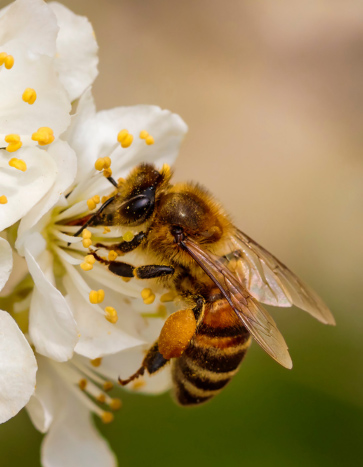
BEES
With spring, flowers bloom and bees become more active, playing their crucial role in pollination. However, their increased activity can lead to closer encounters with humans, sometimes resulting in nests near or in our homes. While bees are essential for the ecosystem, their presence in living spaces can be a threat, especially for individuals with allergies to bee stings, making them a concern during the warmer months.
Early Detection and Prevention
Spotting the first signs of pests and knowing how to stop them can make all the difference in enjoying a peaceful, pest-free spring. We’re here to guide you through the early warning signals and share some effective strategies to prevent these unwelcome guests from settling in.
Signs of Infestation:
Preventive Measures for Spring Pests:
Integrated Pest Management for Spring
Discover how Integrated Pest Management (IPM) can revolutionize your approach to spring pest control, offering smarter, safer, and more effective solutions to keep your home pest-free. Let’s dive into what IPM is and how you can implement it to protect your space from those seasonal intruders.
What is Integrated Pest Management (IPM)?
Integrated Pest Management (IPM) is a holistic approach to controlling pests by combining biological, cultural, physical, and chemical tools in a way that minimizes risks to health, the environment, and the economy. Here’s what IPM focuses on:
Implementing IPM at Home
Integrating IPM into your home pest control strategy involves several steps that balance effectiveness with environmental sensitivity:
By adopting IPM, you not only address the immediate pest issues but also contribute to a sustainable solution that reduces the likelihood of future infestations. This methodical approach helps maintain an equilibrium in your environment, ensuring that pest control efforts are as efficient and non-intrusive as possible.
DIY Pest Control vs. Professional Services
Deciding whether to tackle pests on your own or call in the experts is a common dilemma as spring approaches. In this section, we’ll break down the advantages and challenges of both DIY pest control and professional services, helping you determine which path aligns best with your needs and circumstances.
Pros and Cons of DIY Pest Control
Pros:
Cons:
Pros and Cons of Professional Services
Pros:
Cons:
When to Call a Professional
Deciding to call in the experts can sometimes feel like a big step. Here’s how to know when it’s the right time to reach out for professional help:
Figuring out whether to handle pest problems yourself or to call in professional help can be a big decision. By understanding the benefits and drawbacks of both DIY pest control and professional services, you’re now equipped to choose the best approach for your situation.
Remember, the key is to opt for a solution that ensures not just immediate relief but also long-term effectiveness and safety. We’re here to help guide you through that decision, aiming for a pest-free spring that’s both safe and sustainable for you and your family.
Seasonal Pest Control Tips and Tricks
Every season brings its own pest challenges, but with some foresight and the right strategies, you can keep your home pest-free year-round. Let’s walk through some handy tips and tricks tailored to each season, ensuring you’re always a step ahead in your pest control efforts.
Spring:
Summer:
Fall:
Winter:
With these tailored seasonal pest control tips, you’re well-equipped to safeguard your home against pests all year long. Embracing these strategies not only diminishes the risk of infestations but also ensures your living space remains a secure and pleasant haven for you and your loved ones.
Secure Your Home: Act Now Against Spring Pests
Taking a proactive stance on pest control is crucial, not just in spring but all year round. Let’s explore why acting now is key to keeping your home safe and pest-free:
Imagine a home where peace isn’t disrupted by pests. That’s what Bobcat Pest Control offers. With our expertise and comprehensive solutions, your home can stay pest-free all year. Explore how we make it happen at Bobcat Pest Control. Schedule your consultation today and embrace the comfort of a secure, pest-free home.
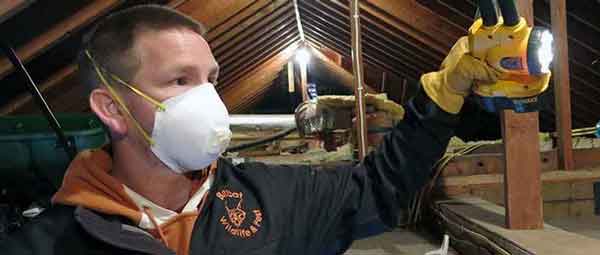
About the Author
Gene Spaulding, Owner and Founder of Bobcat Wildlife & Pest Management, has been at the forefront of pest and wildlife control since 2008. With over 17 years of hands-on experience, Gene combines his expertise and passion to deliver effective and humane pest management solutions to homeowners and businesses across the Des Moines Metro area. Guided by the motto “Your Property, Our Priority,” Gene ensures that Bobcat Wildlife & Pest Management remains a trusted partner for comprehensive pest and wildlife services.

